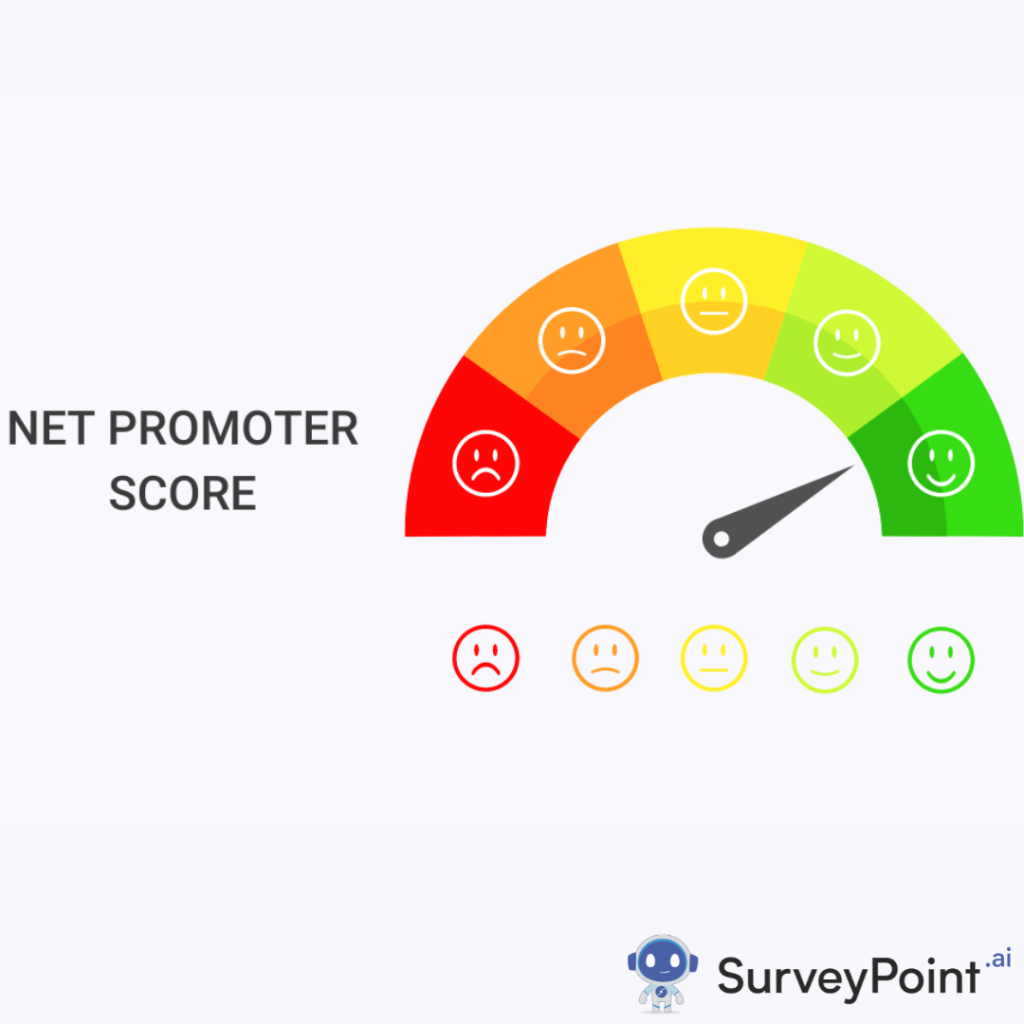
In the realm of cybersecurity and digital management, whitelisting stands as a formidable defense mechanism. It’s a proactive approach that allows only pre-approved entities access, while denying entry to all others. In this comprehensive guide, we delve deep into the essence of whitelisting, exploring its various forms, implementation strategies, and the myriad benefits it offers.
What is Whitelisting?
Whitelisting, in its simplest form, is a cybersecurity strategy that involves explicitly allowing only approved entities, applications, or actions while blocking everything else. Unlike traditional security measures that rely on blacklisting known threats, whitelisting focuses on permitting only the known good. This proactive approach offers a robust defense against emerging threats and unauthorized access.
Implementing Whitelists:
Implementing whitelists requires careful planning and execution to ensure the desired level of security without impeding legitimate operations. Here’s a breakdown of how whitelists are commonly implemented:
IP Whitelisting:
- IP whitelisting involves specifying a list of approved IP addresses that are allowed to access a particular system, network, or service.
- This method is commonly used in network security to restrict access to sensitive resources, such as servers or databases.
Whitelisting Emails:
- Email whitelisting involves configuring email filters to allow messages only from pre-approved senders or domains.
- This helps prevent spam, phishing attempts, and malware-laden emails from reaching users’ inboxes.
Benefits of Whitelisting:
Whitelisting is a cybersecurity strategy that offers numerous benefits for organizations looking to bolster their defenses against cyber threats and protect their sensitive assets.
Here are five key benefits of whitelisting:
- Proactive Security: Whitelisting operates on a proactive basis by allowing only pre-approved entities, applications, or actions to access systems or networks. This approach significantly reduces the attack surface and minimizes the risk of unauthorized access, malware infections, and data breaches. By focusing on permitting known good entities, whitelisting helps organizations stay ahead of emerging threats and vulnerabilities.
- Granular Control: Whitelisting provides organizations with granular control over what is allowed to run or access their systems. Administrators can specify which applications, scripts, or processes are permitted, down to the individual file or executable level. This level of control allows organizations to enforce strict security policies and prevent unauthorized or malicious activities from occurring.
- Minimized Risk of Insider Threats: Insider threats, whether intentional or unintentional, pose a significant risk to organizations’ security. Whitelisting helps mitigate this risk by restricting access to only approved applications and resources. This reduces the likelihood of insiders using unauthorized tools or accessing sensitive data, thereby protecting against insider threats and data breaches.
- Improved Compliance: Many regulatory standards and industry regulations require organizations to implement controls to protect sensitive data and ensure compliance. Whitelisting helps organizations meet these compliance requirements by providing a secure method for controlling access to critical systems and data. By demonstrating effective whitelisting practices, organizations can achieve and maintain compliance with regulatory mandates.
- Reduced Operational Overhead: Unlike traditional security measures that rely on constant monitoring and updating of blacklists or signature databases, whitelisting requires less maintenance and overhead. Once whitelists are established and configured, they typically require minimal ongoing management. This frees up resources and reduces the burden on IT teams, allowing them to focus on other critical tasks and initiatives.
Blacklisting vs. Whitelisting:
Blacklisting and whitelisting are two contrasting approaches to cybersecurity, each with its own advantages and limitations. Here’s a comparison between the two:
Blacklisting:
- Reactive Approach: Blacklisting relies on identifying and blocking known threats based on predefined signatures, patterns, or behaviors. It reacts to specific threats that have been previously identified as malicious.
- Focuses on Known Threats: Blacklisting primarily targets known threats, such as viruses, malware, and malicious websites, based on their signatures or characteristics.
- Vulnerable to Zero-Day Attacks: Since blacklisting relies on identifying known threats, it is susceptible to zero-day attacks—newly discovered vulnerabilities or exploits for which no signature or detection method exists.
- May Generate False Positives: Blacklisting can sometimes result in false positives, where legitimate entities or actions are incorrectly identified as malicious and blocked. This can disrupt normal operations and cause frustration for users.
Whitelisting:
- Proactive Approach: Whitelisting takes a proactive approach by allowing only pre-approved entities, applications, or actions while blocking everything else. It focuses on permitting known good entities rather than reacting to identified threats.
- Focuses on Known Good: Whitelisting prioritizes known good entities, such as trusted applications, IP addresses, or websites, that have been explicitly approved by the organization.
- Effective Against Zero-Day Attacks: Since whitelisting permits only approved entities, it can effectively mitigate the risk of zero-day attacks by default. Any unauthorized or unknown entities are automatically blocked from accessing systems or resources.
- Minimizes False Positives: Whitelisting minimizes the occurrence of false positives since only pre-approved entities are allowed. Legitimate actions or entities that are part of the whitelist will not be mistakenly blocked.
While blacklisting focuses on identifying and blocking known threats reactively, whitelisting takes a proactive approach by allowing only pre-approved entities. Whitelisting is particularly effective against zero-day attacks and minimizes the risk of false positives. However, it requires careful planning and maintenance to ensure that whitelists remain up-to-date and comprehensive. Organizations often employ a combination of both blacklisting and whitelisting techniques to create a layered defense strategy that addresses a wide range of cyber threats.
Whitelisting Best Practices:
Implementing whitelisting effectively requires adherence to best practices to ensure optimal security and efficiency. Here are five key whitelisting best practices:
Regularly Update Whitelists:
- Keep whitelists up-to-date by continuously reviewing and updating the list of approved entities, applications, or actions.
- Regularly evaluate the necessity of existing entries and remove outdated or unused items to maintain a lean and efficient whitelist.
- Stay informed about changes in your organization’s infrastructure, software, and user requirements to reflect those updates in the whitelists.
Implement Multi-Layered Defense:
- Whitelisting should be part of a multi-layered security approach that includes other security measures such as blacklisting, encryption, user authentication, and intrusion detection systems.
- By combining whitelisting with complementary security measures, organizations can create a robust defense-in-depth strategy that addresses different types of threats and vulnerabilities.
Monitor and Analyze Whitelist Activity:
- Continuously monitor whitelist activity and analyze logs for any suspicious behavior or unauthorized access attempts.
- Set up alerts to notify administrators of any anomalies or deviations from normal whitelist usage patterns, which could indicate a potential security breach.
- Regularly review audit trails and access logs to ensure compliance with security policies and regulatory requirements.
Educate Users:
- Educate employees, system administrators, and other relevant personnel about the importance of whitelisting and their role in maintaining whitelist integrity.
- Provide training on how to recognize and report potential security threats, suspicious activities, or unauthorized attempts to bypass whitelisting controls.
- Foster a culture of cybersecurity awareness within the organization, emphasizing the role of each individual in maintaining a secure computing environment.
Test and Validate Whitelist Configurations:
- Regularly test whitelist configurations to ensure they are functioning as intended and providing adequate protection against evolving threats.
- Conduct periodic penetration testing and vulnerability assessments to identify any weaknesses or gaps in the whitelisting implementation.
- Validate the effectiveness of whitelisting controls by simulating various attack scenarios and assessing the organization’s ability to detect and respond to potential threats.
By following these best practices, organizations can maximize the effectiveness of whitelisting as a security measure, strengthen their defenses against cyber threats, and mitigate the risk of unauthorized access or data breaches. Whitelisting should be viewed as an integral part of a comprehensive cybersecurity strategy, tailored to the specific needs and risk profile of the organization.
Conclusion
Whitelisting emerges as a potent defense mechanism in the ever-evolving landscape of cybersecurity. By allowing only approved entities while blocking everything else, whitelisting offers a proactive approach to security, mitigating the risks of unauthorized access, malware infections, and data breaches. Through careful implementation and adherence to best practices, organizations can harness the full potential of whitelisting to fortify their digital infrastructure and safeguard against emerging threats. Embracing whitelisting isn’t just about defense; it’s about securing the future of digital operations.




